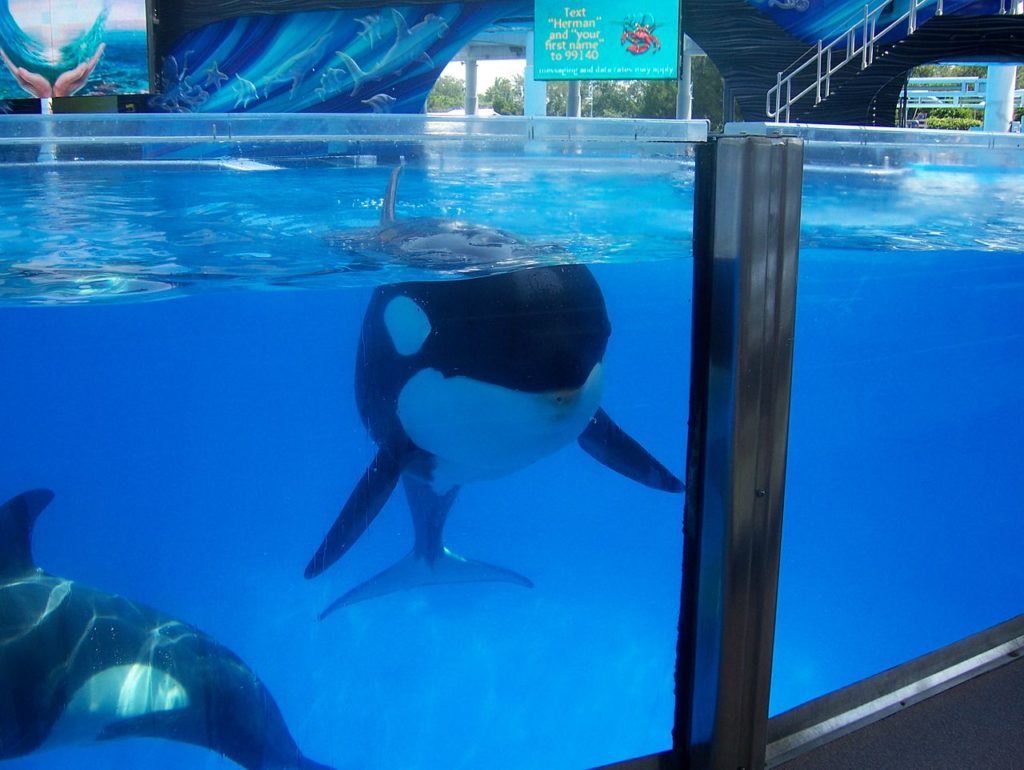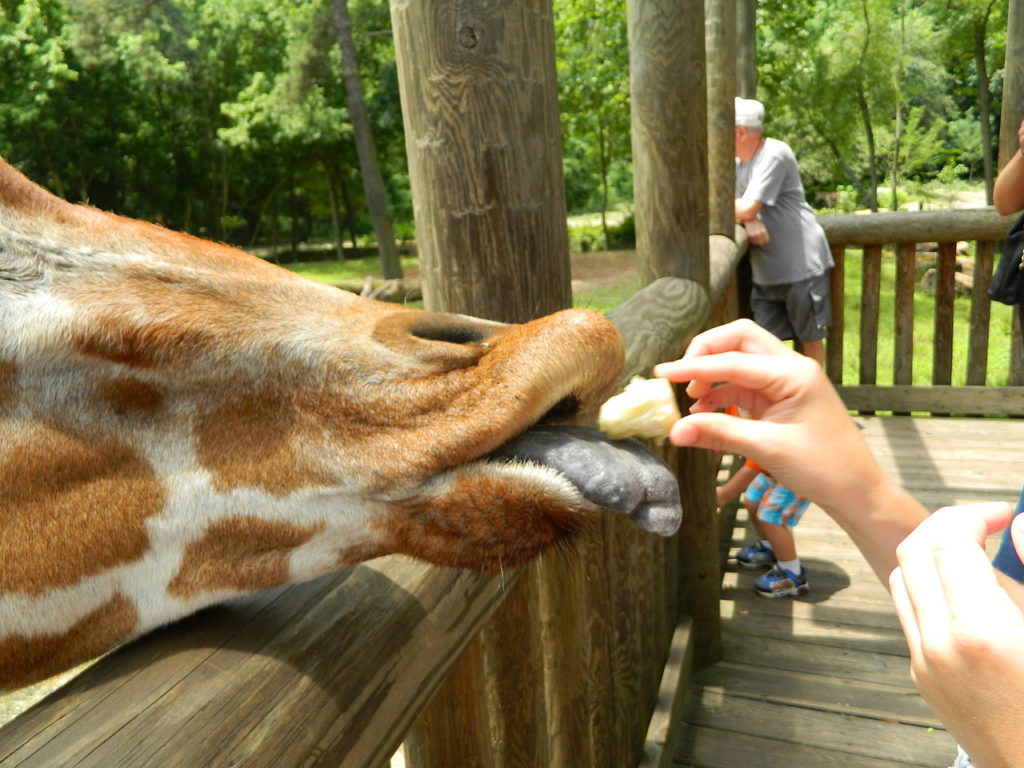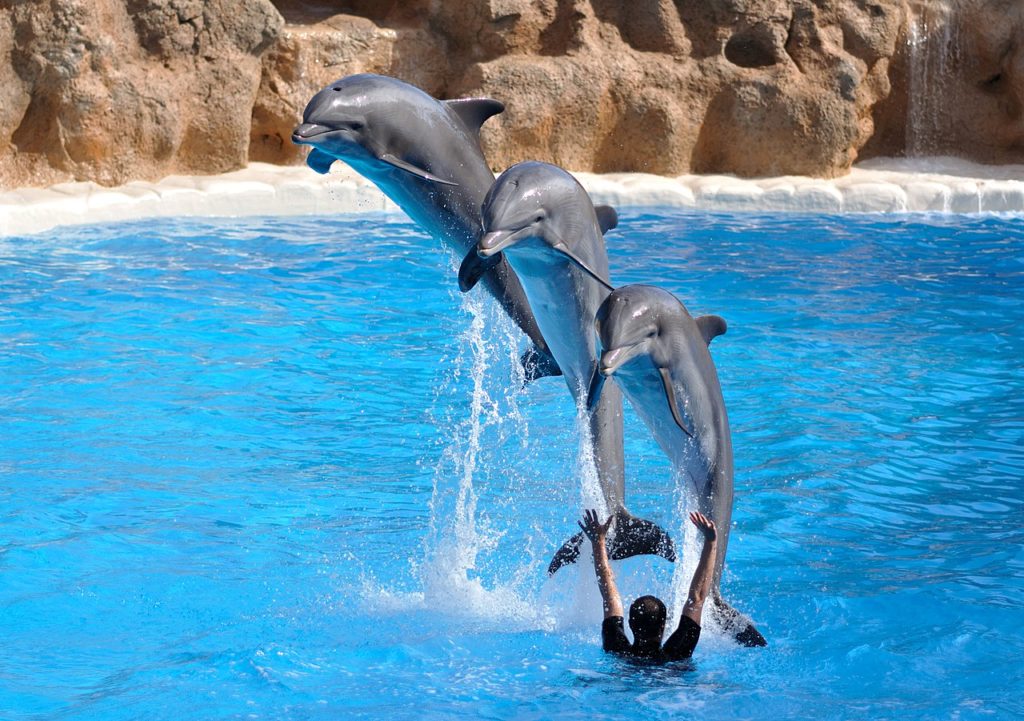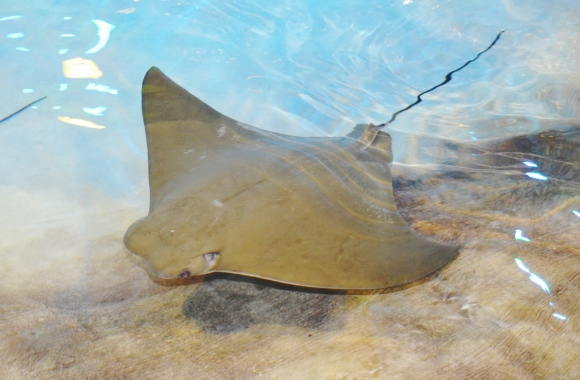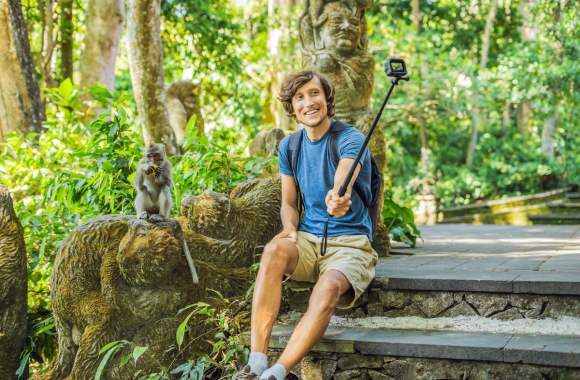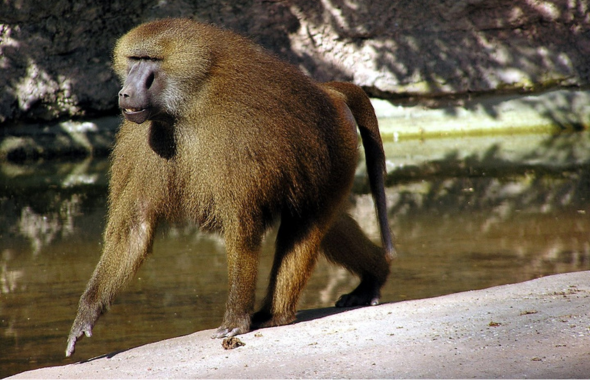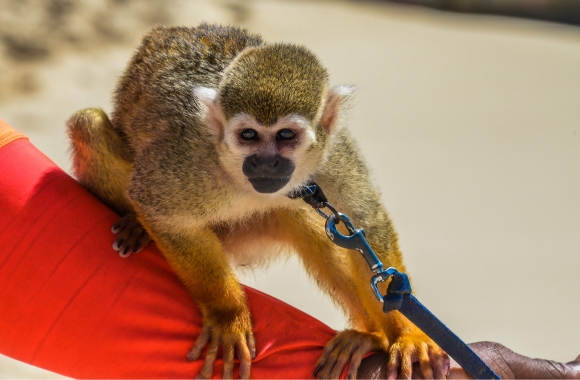WEBINAR: A Future without Zoos?
Across the U.S. and around the world, hundreds of thousands of wild animals are held captive at zoos, living stressful lives under human observation, unable to move about freely or live according to their natural needs and instincts. The COVID-19 pandemic has thrown zoos into crisis and has raised important questions around the long-term viability of the industry.
Taking into consideration practical, financial, ethical, and animal welfare factors, this webinar considers whether or not, in a post-COVID world, there is a future for zoos at all.
The conversation is moderated by Born Free USA CEO, Angela Grimes, featuring Dr. Chris Draper, Head of Animal Welfare and Captivity, Born Free Foundation (U.K.), Amanda Howell, Staff Attorney, Animal Legal Defense Fund (U.S.), and Dr. Liz Tyson, Programs Director, Born Free USA (U.S.).

